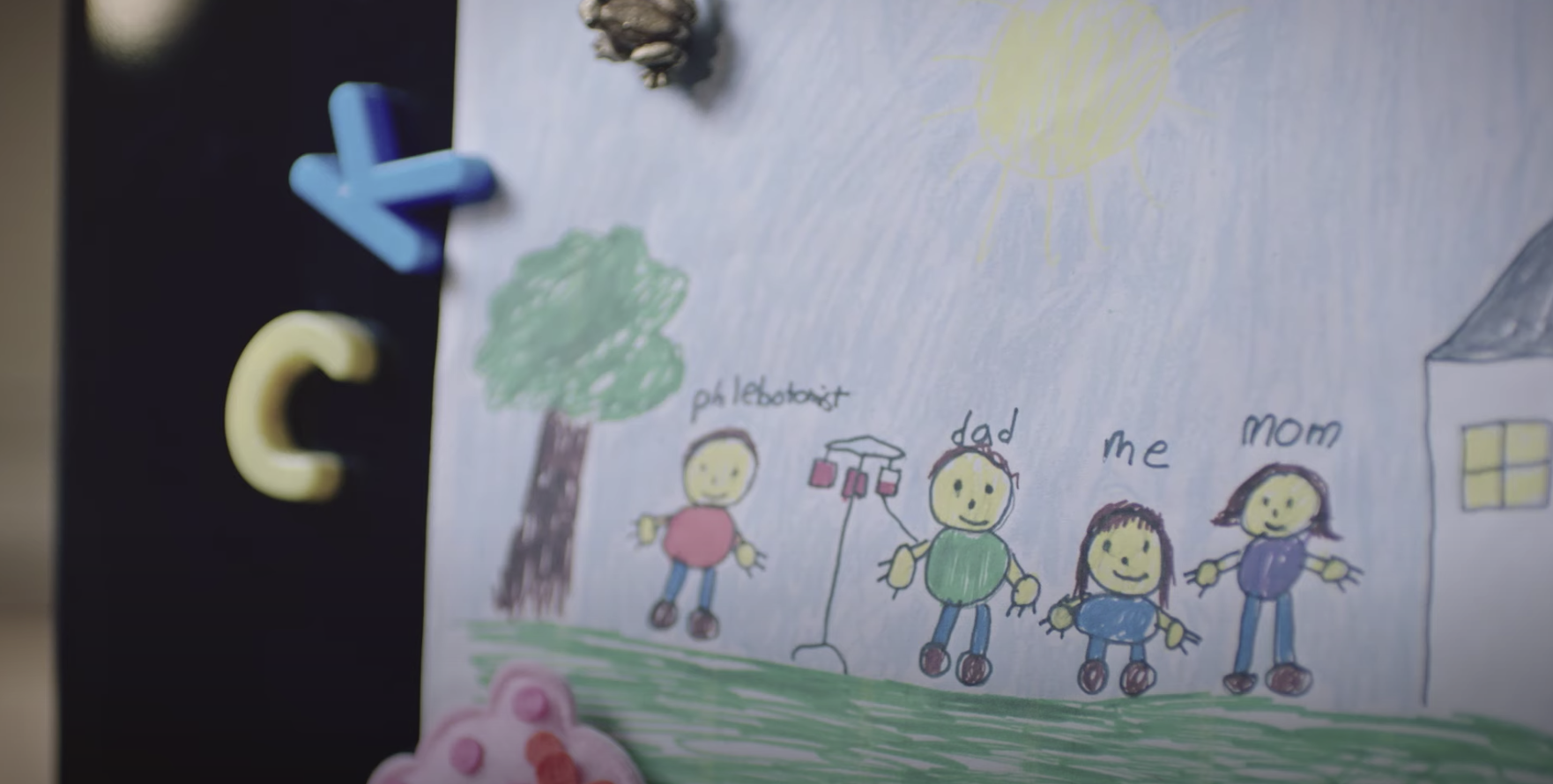
Blood donors in Rhode Island were at an all-time low.
Donating blood takes time and many people are afraid of needles.
What’s the real problem?
Sure those things are true, but lives are at stake, isn’t that enough to overcome the inconvenience and silly fear? The real problem is actually something we don’t realize is happening. The “bystander effect” is a behavioral bias that makes individuals less likely to offer help in the presence of others. We don’t donate blood because we assume someone else will.
Personifying change.
75,000 pints of blood were donated the year before our campaign, but more was needed to meet demand. And while donations are nice, a steady stream of regular donors is what really keeps the blood flowing.
To make the need more keenly felt, we imagined the burden being put on a single person: Someone Else.
The number of first-time donations increased by 10% in the first 6 months, and more importantly, new and lapsed donors increased total donations by 139%.
Help Someone Else.
Hyperbole with a built-in call to action allowed us to tell the story simply almost anywhere.



